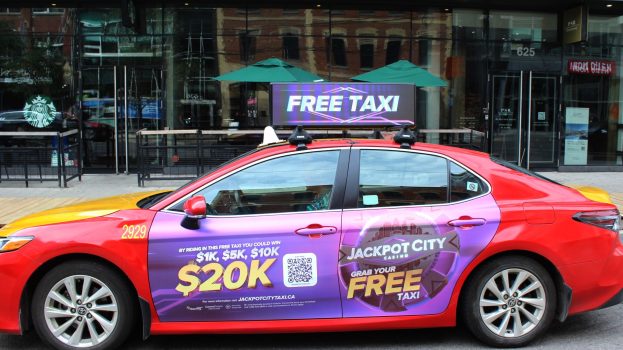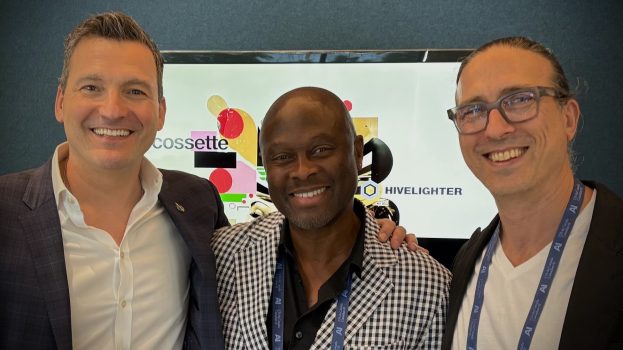Much of the beauty industry is about what’s on trend, and L’Oréal Canada is hoping its new content creation efforts will help it keep up in real time.
Officially launched last Friday, the company has created a new “Content Factory” in its Montreal office, a dedicated in-house content creation team working across its 35 brands.
The new content division includes expertise in photography, videography and post-production. “The idea was really to create…a studio that’s able to produce real-time, local, shareable, engaging content that at the end would drive business here in Canada,” says Ekaterina Dobrokhotova, consumer engagement manager at L’Oréal Canada.
L’Oréal’s brands, such as Shu Uemura, Kiehl’s and Biotherm, can come up with a brief, bring it to her team and have access to either the in-house social media content team and professional equipment, or two professional freelancers, all to turn around content within a couple of days. Right now, the team has the ability to produce a one- to three-minute video within about a day, Dobrokhotova says.
For example, last month, a trending topic online was strobing, a makeup technique that sparked video tutorials and conversations online. Unfortunately, none of L’Oréal’s relevant brands were able to create content to be part of that particular trend.
“There’s so many opportunities to create content that speaks to these specific consumer needs and we were just not set up to do this by just getting assets from global or agencies,” Dobrokhotova says.
But the effort doesn’t replace the company’s traditional agency relationships, she notes. Rather, it’s a way for L’Oréal’s brands to tap into trends quickly and cost-effectively. Its agencies are still important for its planned content (often seasonally-driven), Dobrokhotova says.
In addition, as L’Oréal works through the pilot and its current freelancer model, agencies might have a role in driving the in-house creativity as well, she says.
The idea of bringing fast, trend-driven content creation in-house will also hopefully get the individual brands thinking of producing those kinds of photos and videos more, she says. “The brands still need to get in a more real-time mindset,” Dobrokhotova says. “I would like to keep the brands thinking about content they can release on a weekly basis.”
Currently, the team is working on a few videos that will launch shortly.
The effort is a first among all of L’Oréal’s subsidiaries worldwide and was conceived within the Montreal office (support for the professional equipment did come from the global chief digital officer’s team in Paris). “Right now this is a pilot for the world,” Dobrokhotova says. “If this works out, we will be more than happy to help them scale across other countries.”
For her part, along with taking inspiration from the very agile start-up world, Dobrokhotova also happens to have her own side business as a magician, making content creation for channels like YouTube a particular skill set and passion. “I have personally created a studio for myself in my own basement and I produce content weekly,” she says. “I thought there is no reason why we couldn’t do it as a big group, as L’Oréal.”























